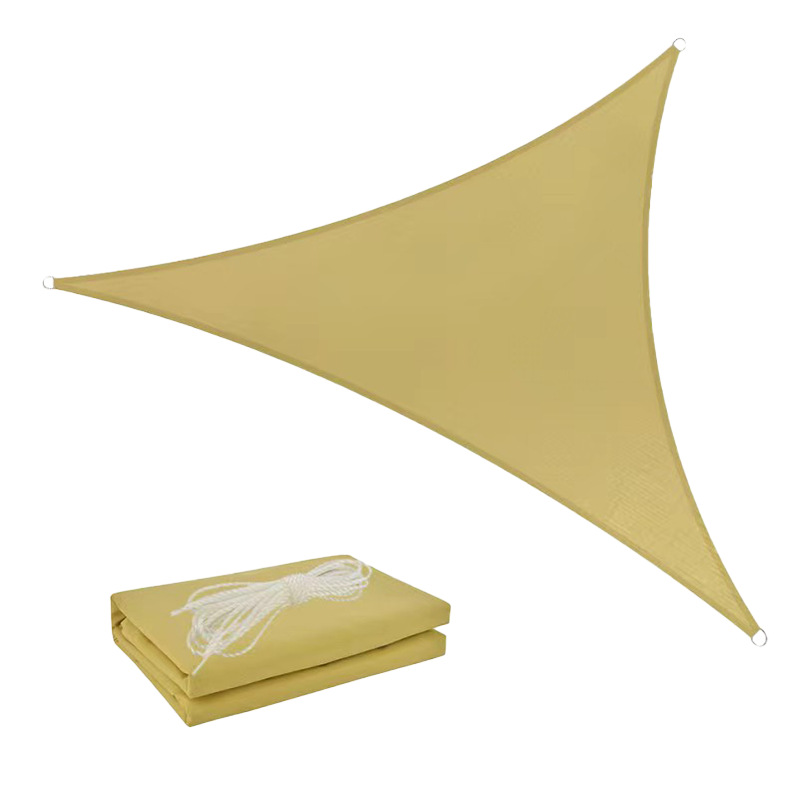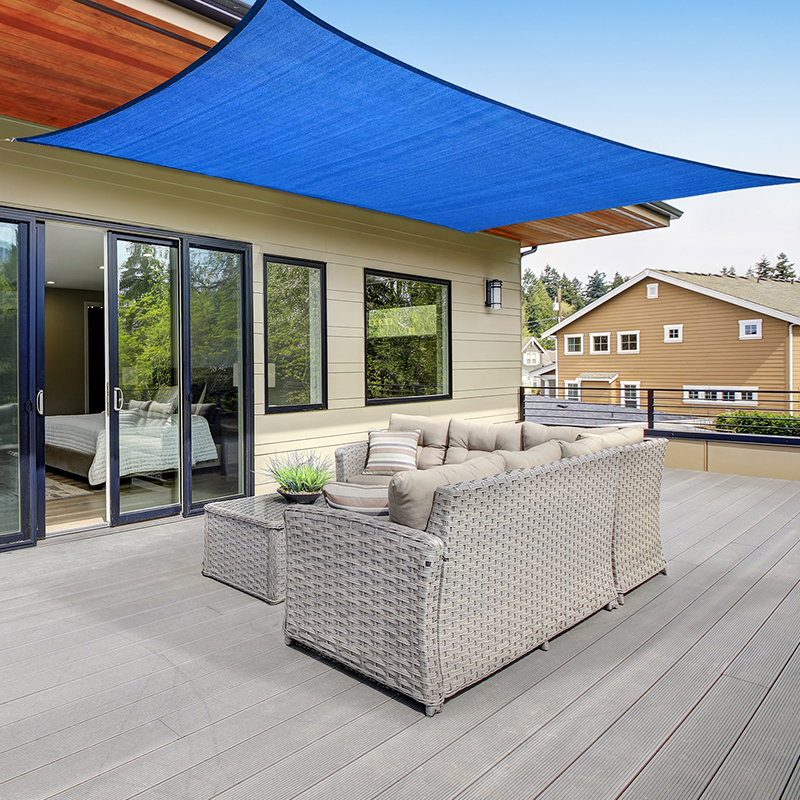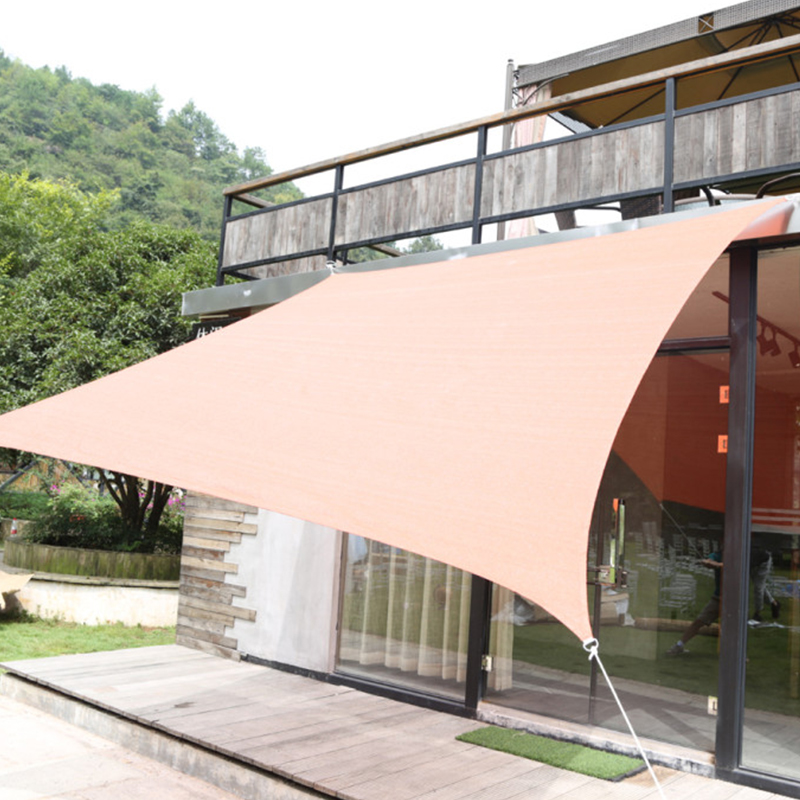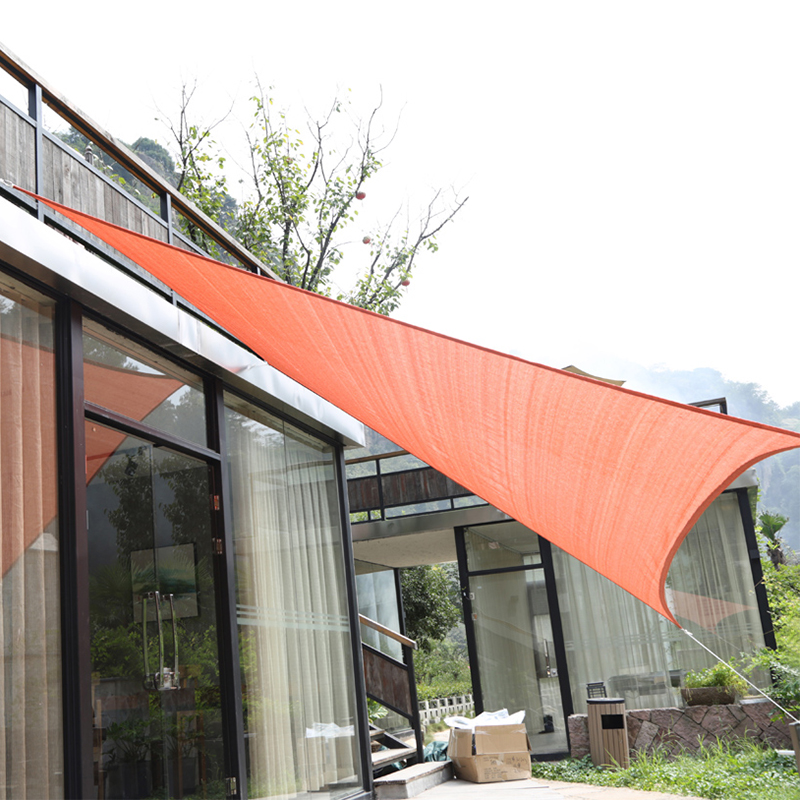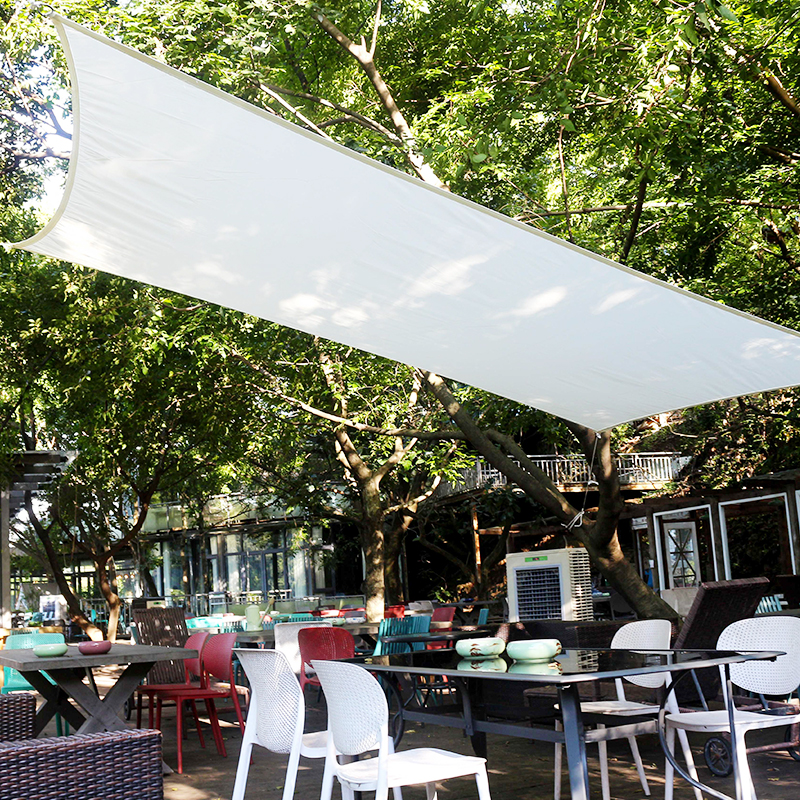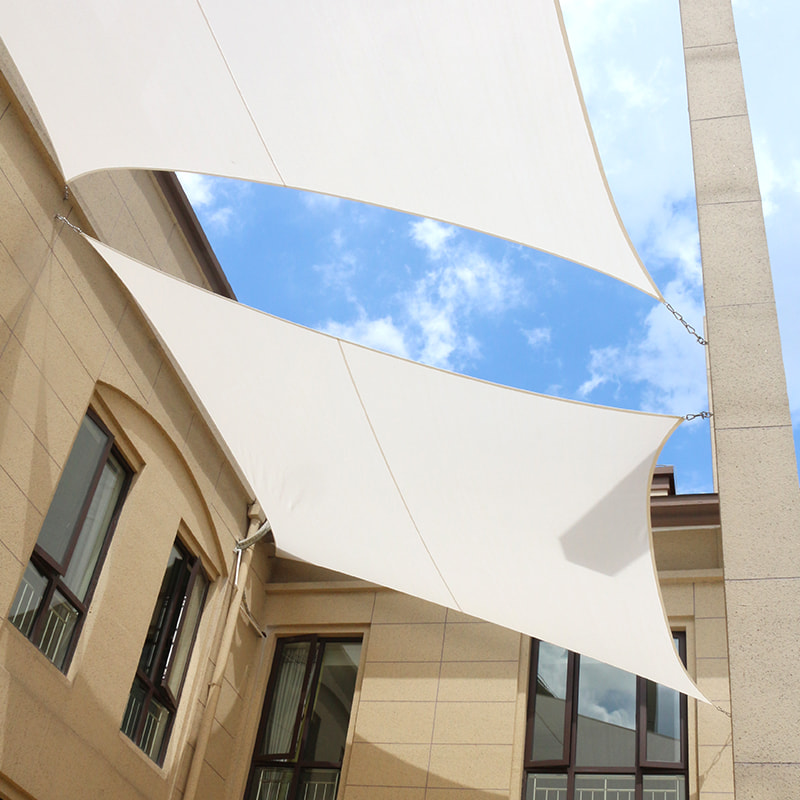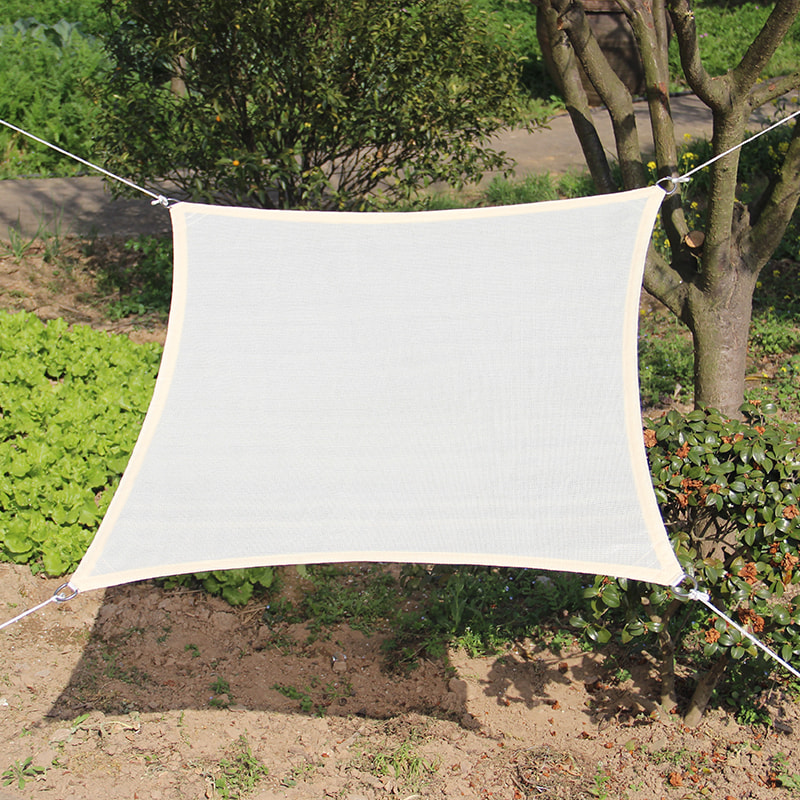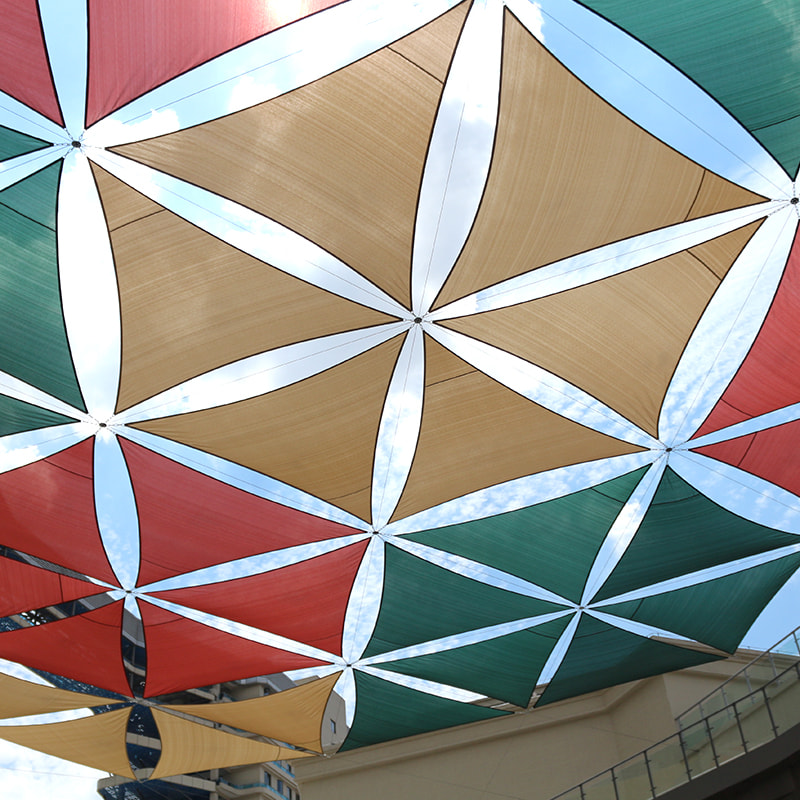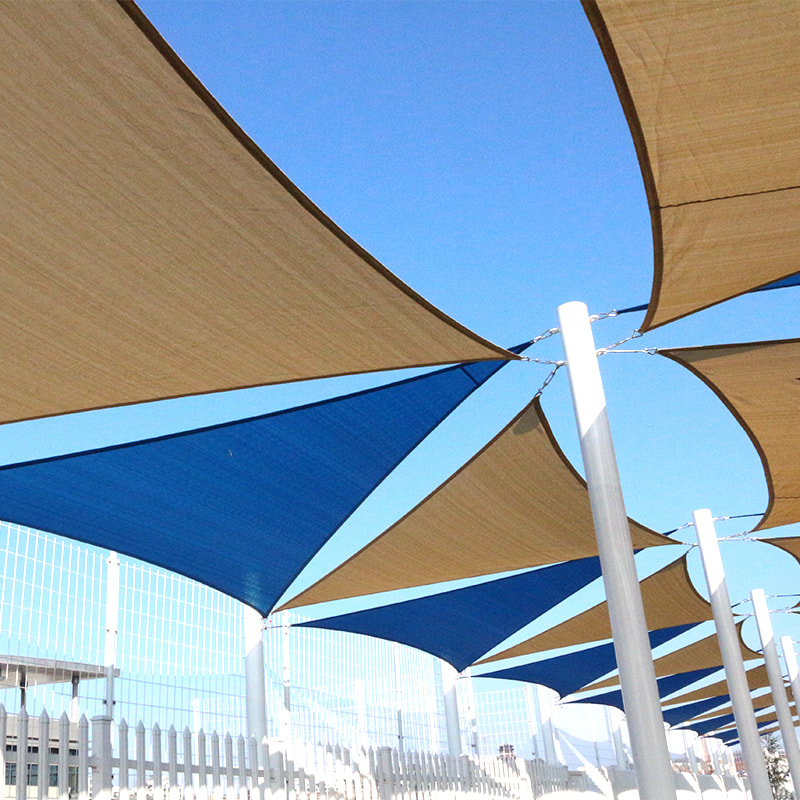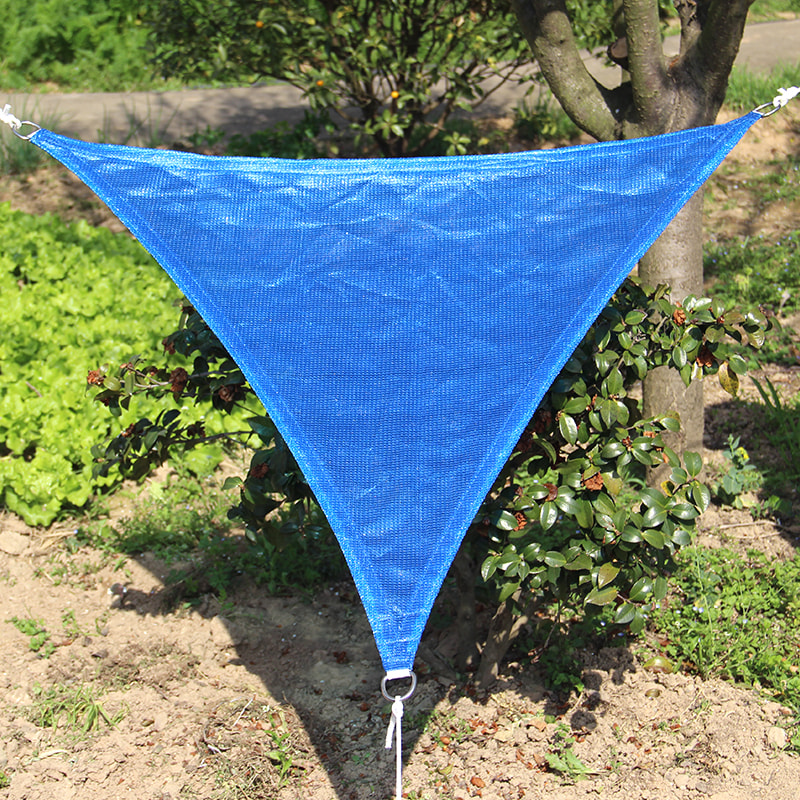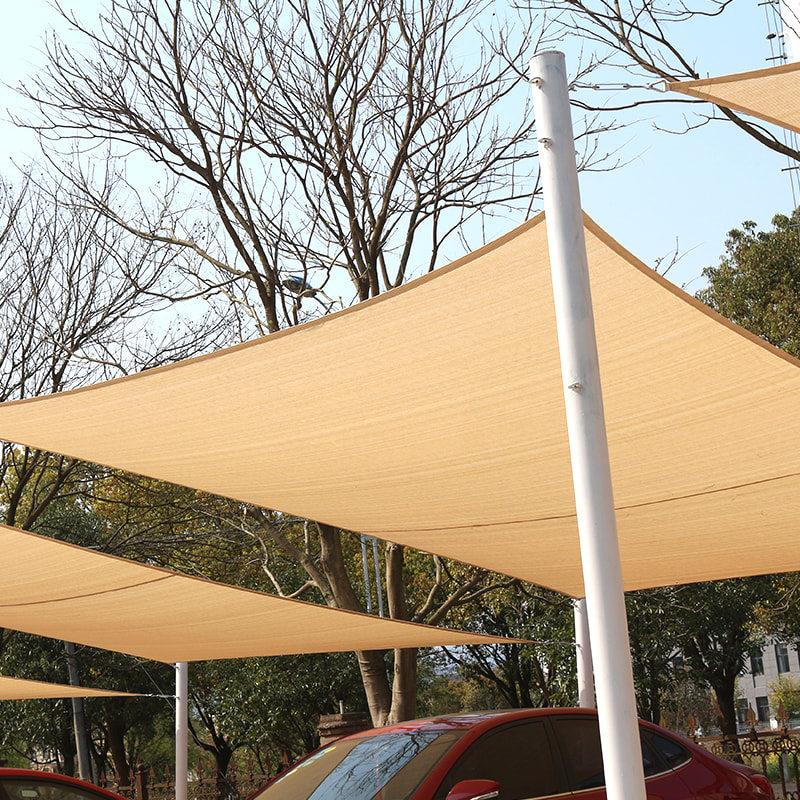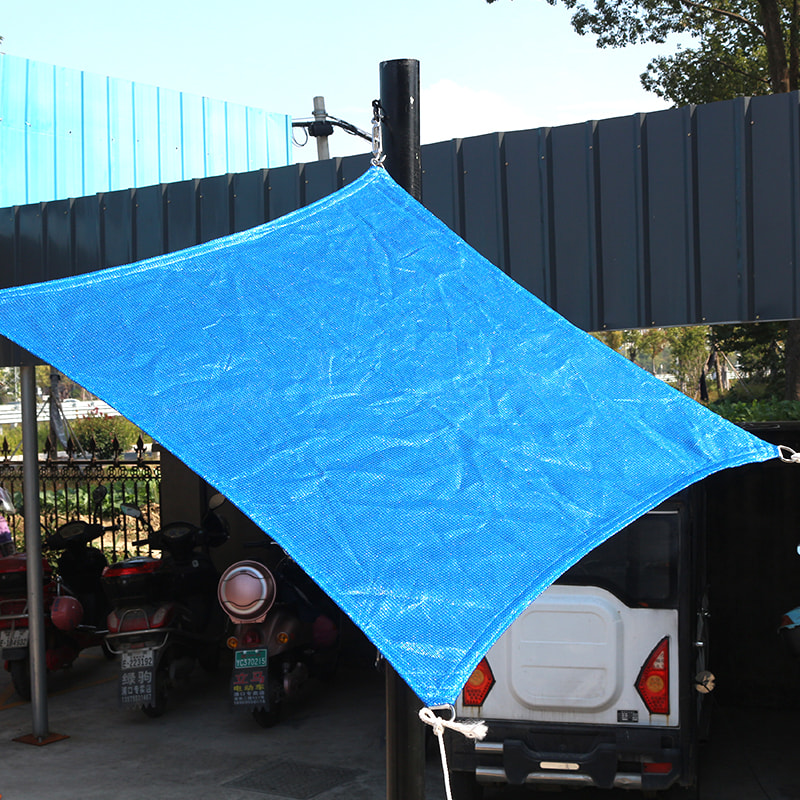The Shade Sail is an outdoor shade device that mimics the basic design and technology of a ship's sail. It uses a flexible membrane that is tensioned between two anchor points to provide a permanent shade structure. They are easy to install and very affordable. This shade device is becoming increasingly popular as a green alternative to conventional shading systems. Here are some reasons to consider using one in your home: (1) It provides shade without sacrificing visibility.
Shade Sails come in a wide variety of shapes. While the shape you choose depends on your personal preference, the most common shapes are triangles, squares, and rectangles. The shape of your shade sail is important, and you should make sure it fits the space where you want it installed. If you have a large space, you can overlap several shade sails to create a more interesting design, or if your space is smaller, you should use a single shade.
It is very important to plan your shade sail's design before you start building it. You should know the exact area that needs to be shaded, and how many panels it will need to cover it. You can then lay out lengths of rope in the shape you want. This will help you visualize the placement of the panels.
A shade sail with longer sides is more likely to give shade. However, it will not give you as much protection as one with short sides. Besides, shade sails with sides longer than thirty feet may be difficult to install because of the size of the posts and footings. You should also avoid creating a triangle-shaped shade structure, which can cause a problem when distributing the load.
In order to install the Shade Sail, you must first make sure the structure is stable enough to anchor it. This is usually done with D-rings at the corners, which are secured with ropes or clips. Once you've secured the D-rings, you can use other attachment points. Once you have the structure in place, attach the sail to it. It's also advisable to make sure the shade sail slopes downward to prevent pooling.
The most common shade sail design incorporates the use of three-dimensional geometry. The design takes into account the corners and the overall shape of the structure. The design also accounts for variations in the warp and weft, so that the fabric can stretch evenly in both the vertical and horizontal direction. The final shade sail design may include up to 12 panels that are cut to size and stitched and welded together.
There are many types of Shade Sail, and the choice of one depends on your personal preference. You should consider the amount of shade you need and whether you need more than one sail. Furthermore, you should consider the location of the Shade Sail and the size of the area to be covered.
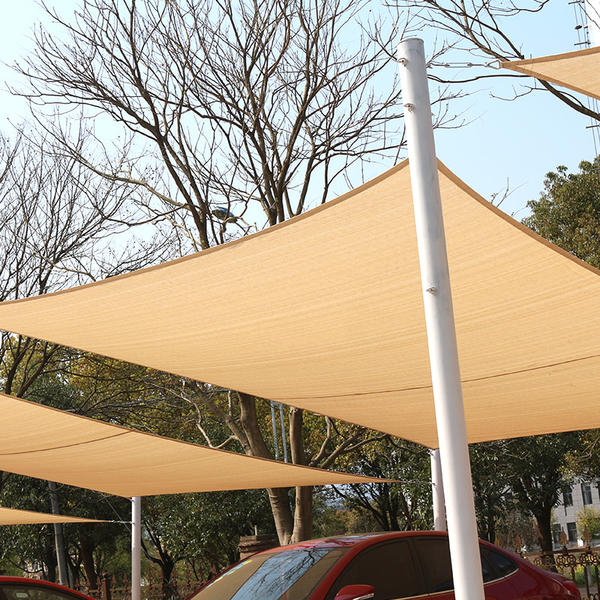
Shade Sail
. Material: Knitted Cloth of 100% Virgin High Density Polyethylene ( HDPE)
. Shade: 80~95%
. Warranty: Usually approx six years u.v. guarantee. Up to ten years u.v. guarantee
. Colors and Sizes: Different colors and sizes are available
. Rings: Stainless steel ring at each corner
. Edges: Strong webbing along all the edges
. Packing: Each piece is packed in a handle bag with ropes and a label inside, and several pieces packed into an export carton.


 English
English Español
Español Deutsch
Deutsch
